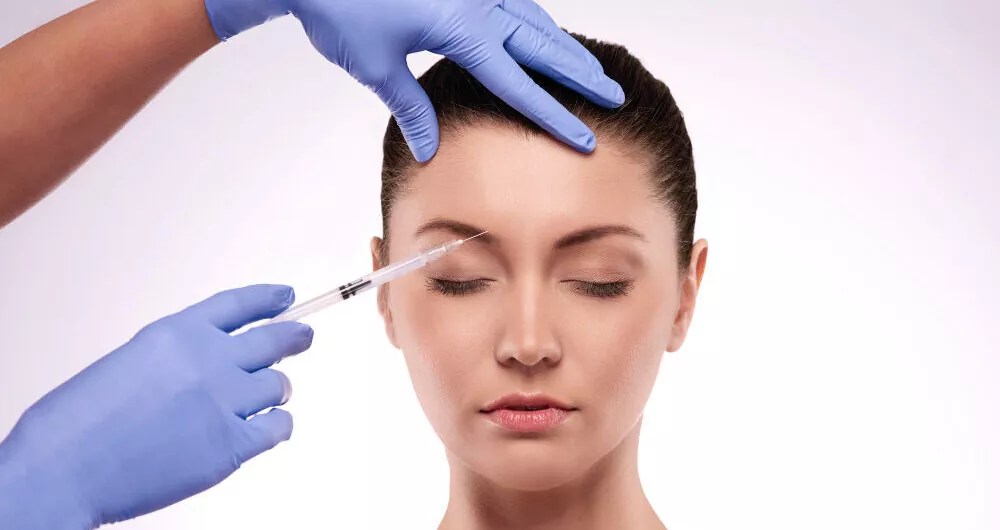In 2025, Botox isn’t about freezing faces—it’s about liberating them. Once considered the ultimate quick-fix for wrinkles and lines, Botox has undergone a transformation that mirrors the cultural shift in beauty itself. Gone are the days of stiff, emotionless expressions. This year, we’re witnessing a refined, thoughtful, and deeply personalized approach to aesthetic treatments. The botox injection price remains a point of curiosity, but it’s no longer the headline. The real story is the subtlety, precision, and holistic philosophy that defines Botox in 2025.
The Shift Toward Subtle Beauty
Botox has evolved far beyond its original purpose. What was once a high-impact treatment aimed at erasing every sign of aging has now become a tool of enhancement, not erasure. Today, the focus is on subtlety—tiny doses applied with surgical precision to soften, lift, and refresh, rather than freeze. This “micro-Botox” movement emphasizes preservation of natural movement and expression.
In years past, Botox often had a tell-tale look. Foreheads that didn’t move. Eyebrows that arched too high. Smiles that didn’t quite reach the eyes. In contrast, the 2025 approach encourages dynamic beauty. Practitioners now aim to preserve a person’s individuality while enhancing their natural features. It’s about looking like yourself—just slightly more rested, more balanced, and more vibrant.
Technology and Personalization: Botox Gets Smart
Part of what makes the Botox revolution in 2025 so exciting is the technology driving it. AI-assisted mapping tools are now widely used by dermatologists and cosmetic practitioners to analyze facial structure and movement before injections. These tools create customized treatment plans tailored to each individual’s anatomy, lifestyle, and aesthetic goals.
This personalized approach ensures that no two patients receive the same treatment, even if they have similar concerns. Skin thickness, muscle strength, and even emotional expression are all factored in. With smart injectables and augmented visualization technology, practitioners can simulate results before treatment—helping patients set realistic expectations and make more informed choices.
This cutting-edge precision doesn’t just improve outcomes; it also boosts patient safety. The margin for error is reduced significantly, and the risk of unnatural results or complications is minimized. It’s not just about getting Botox—it’s about getting the right Botox, in the right places, for the right reasons.
Emotional Aesthetics: Botox for More Than Just Looks
In 2025, the psychological aspect of Botox is finally receiving the attention it deserves. Research now supports what many practitioners have long suspected: aesthetic treatments have a measurable impact on emotional well-being. But the effect goes both ways. Facial expressions play a role in how we process and express emotion. When Botox is used irresponsibly, it can dampen emotional expression—not just outwardly, but inwardly as well.
That’s why the new wave of Botox users and professionals approach the procedure with empathy and mindfulness. There’s an increased focus on how facial expressions influence self-esteem, mood, and even interpersonal relationships. Many clinics now include psychological assessments or consultations as part of the Botox treatment process.
This holistic view is helping to reshape Botox’s cultural reputation. It’s no longer seen solely as a vanity-driven procedure, but rather as part of a broader self-care practice. Botox is joining the ranks of massage therapy, mindfulness, and nutrition—tools that contribute to overall wellness and confidence.
Men, Millennials, and the Rise of Preventative Botox
The Botox demographic has broadened significantly in 2025. While women over 40 were once the primary audience, today’s client base includes men, millennials, and even Gen Z. What’s behind the change? The growing popularity of “prejuvenation”—the idea of using small doses of Botox in one’s 20s or 30s to prevent wrinkles before they form.
Young professionals are now using Botox not to fix aging skin, but to maintain youthful skin longer. This preventative approach reduces the need for more invasive procedures later in life, and helps clients maintain a natural look through subtle, ongoing maintenance.
Men, too, are embracing Botox in unprecedented numbers. Driven by increased visibility of male grooming and beauty culture, many men now view Botox as just another element of self-care. Treatments are typically more conservative and tailored to masculine facial structures, preserving ruggedness while softening harsh lines or asymmetry.
The Future Is Flexible: Temporary, Reversible, and Minimal
One of the most interesting shifts in Botox culture is the demand for flexibility. In 2025, fewer people are committing to long-term aesthetic changes without knowing how they’ll feel or look. This has led to the rise of temporary or reversible treatments, trial-based injectables, and diluted doses that fade more quickly.
Clients appreciate the ability to experiment without the pressure of permanence. It allows them to test different injection sites or strengths, assess how it affects their self-image, and make adjustments as needed. This experimentation culture encourages more open dialogue between clients and providers—and the result is better satisfaction and trust.
Clinics are responding by offering “Botox Light” programs, where microdoses are administered with the intention of fading within a few weeks rather than lasting the full 3–6 months. These introductory experiences help first-time users feel more in control and less anxious about the outcome.
Redefining Beauty in the Age of Choice
At its core, the 2025 Botox revolution is not just about the product—it’s about the philosophy. It’s about giving people choices, control, and confidence. Beauty is no longer dictated by a single standard or rigid expectation. The “less is more” approach allows people to embrace their individuality and decide what “better” looks like for them.
Botox, once emblematic of artificial beauty, is now becoming a symbol of personalized, intentional self-enhancement. It’s not about chasing youth—it’s about celebrating vitality. Not about hiding flaws—but about amplifying what makes you feel like you.
This movement is backed by a new generation of practitioners who understand that beauty isn’t a template—it’s a conversation. They’re artists, technicians, and listeners, working collaboratively with their clients to achieve subtle, stunning results that reflect inner confidence.




